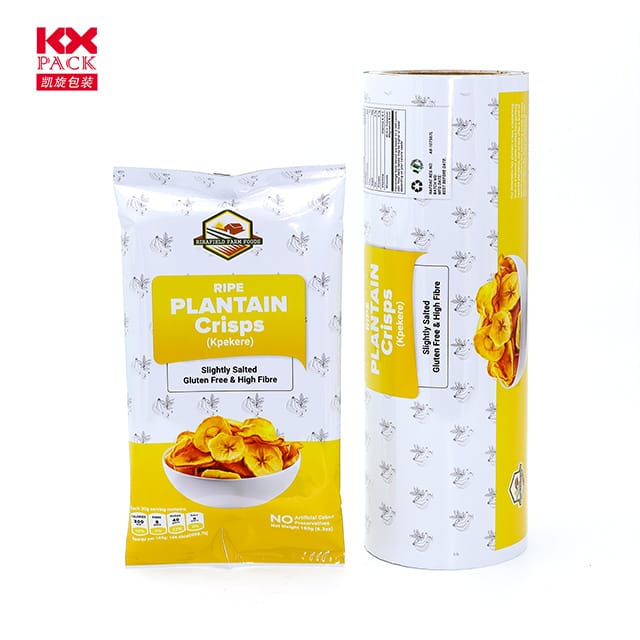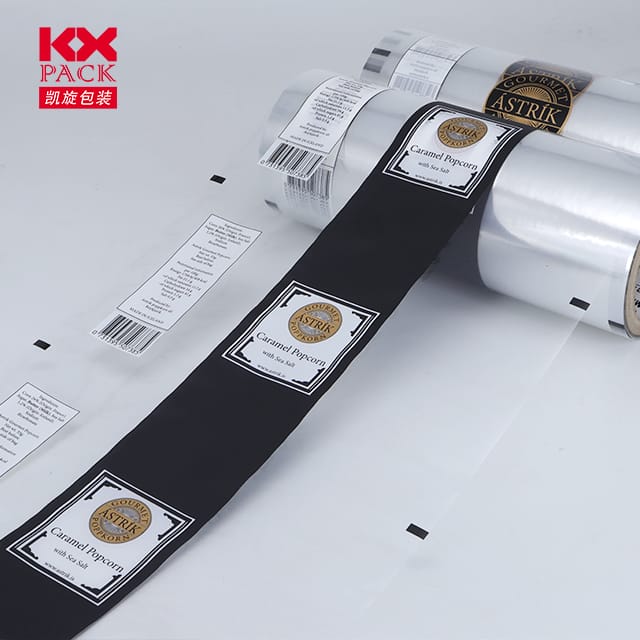ההתפתחות וההשפעה של סרט הפלסטיק: מחדשנות לקיימות (3 Å אתגרים
סרט פלסטיק
Plastic film, חומר רב -תכליתי ועם זאת לעתים קרובות לא מוערך, מחלחל לחיים מודרניים באינספור דרכים. מאריזת מזון והגנה על גידולים ועד שיפור מכשירים רפואיים ובניינים מבודדים, העמידות הקלה והיעילות העלויות שלה הפכו אותו לכיוון. למרות זאת, ככל שהדאגות הסביבתיות מתעצמות, תעשיית סרטי הפלסטיק עומדת בפני נקודת מפנה קריטית: balancing innovation with sustainability.
A Multifaceted Marvel: יישומים בכל תעשיות
Plastic film’s adaptability stems from its composition—typically polyethylene (פ), פוליפרופילן (עמ'), or polyvinyl chloride (PVC)—which can be tailored for specific uses:
- אריזת אוכל: Stretch films, עטיפות נצמדות, and vacuum-sealed pouches extend shelf life and reduce waste.
- חַקלָאוּת: Mulch films conserve water, suppress weeds, and boost crop yields by up to 30% in arid regions.
- Healthcare: Sterile wraps for surgical instruments and blister packs for pharmaceuticals ensure safety and hygiene.
- בְּנִיָה: Vapor barriers and shrink films protect buildings from moisture during construction.
The global plastic film market, מוערך ב$160 billion in 2023, is projected to grow at 4.5% מדי שנה, driven by emerging economies and e-commerce packaging demands.
The Environmental Conundrum: חרב פיפיות
Despite its utility, plastic film’s environmental footprint is undeniable:
- Waste Accumulation: Single-use plastic films, such as shopping bags and food wraps, account for20% של זיהום פלסטי ימי, entangling wildlife and microplastics infiltrating ecosystems.
- מחזור מכשולים: דַק, multi-layered films are difficult to sort and process, with recycling rates hovering around5–15% in developed nations.
- Microplastic Threat: Fragmented films release tiny particles into soil and water, posing risks to human health through the food chain.
Regulatory pressures, such as the EU’sSingle-Use Plastics Directive and China’s ban on non-degradable bags, are forcing industries to rethink plastic film’s role.
Pioneering Solutions for a Circular Future
To address these challenges, manufacturers and innovators are exploring sustainable alternatives:
- סרטים מתכלים וקומפוסטטיים:
- Materials like PLA (חומצה פולילקטית), נגזר מעמילן תירס, and PBAT (polybutylene adipate terephthalate) offer eco-friendly options. מותגים כמוNatureWorks וBASF are scaling production.
- מקרה מבחן: A UK supermarket chain replaced conventional bags with compostable PLA films, reducing plastic waste by 40%.
- טכנולוגיות מיחזור מתקדמות:
- Chemical recycling breaks down mixed plastics into raw materials, enabling closed-loop systems.
- Mechanical recycling upgrades post-consumer films into pallet wraps or construction materials.
- Reusable and Thinner Alternatives:
- High-barrier, recyclable mono-material films (לְמָשָׁל., PE-only packaging) simplify recycling.
- חידושים כמוedible seaweed-based coatings for fresh produce could eliminate single-use wraps entirely.
Industry Collaboration and Policy Drivers
Governments and corporations are aligning to accelerate change:
- Extended Producer Responsibility (EPR) schemes in the EU and U.S. mandate brands to fund recycling infrastructure.
- Corporate Commitments: יוניליוור, לְהִתְכַּרְבֵּל, and Walmart aim to use 100% recyclable or reusable packaging by 2025, driving demand for sustainable films.
- Agricultural Innovations: Biodegradable mulch films, tested in India and the U.S., decompose within 180 ימים, reducing soil contamination.
הדרך קדימה: Balancing Progress and Planet
The future of plastic film hinges on three pillars:
- חדשנות חומרית: Scaling bio-based and recyclable alternatives without compromising performance.
- Circular Design: Prioritizing reusability, recyclability, and compostability in product development.
- Consumer Engagement: Educating the public on proper disposal and advocating for reuse systems.
As technologies mature and policies tighten, plastic film could transition from a symbol of environmental harm to a beacon of sustainable innovation. The challenge lies not in abandoning this versatile material, but in reimagining its lifecycle—from linear waste to circular resource.
מקורות: Smithers Pira, קרן אלן מקארתור, Industry Reports 2024
סיכום: Plastic film, once a hallmark of convenience, now stands at a crossroads. By embracing innovation, collaboration, ודיילות סביבתית, the industry can safeguard both human needs and the planet’s future. The journey has begun—will we rise to the challenge?







